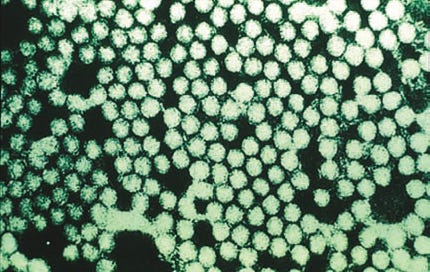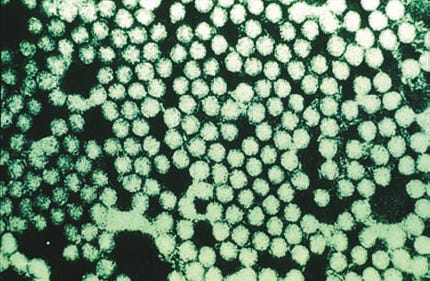Germany’s Federal Ministry of Food and Agriculture (BMEL) reported the first foot-and-mouth-disease (FMD) case in the country since 1988.
On January 10, 2025, foot-and-mouth disease (FMD) was detected in a water buffalo in the Märkisch Oderland district (Brandenburg). The serotype of the causative virus has now been identified, but the route of entry is still unknown.
Epidemiological investigations to clarify the origin of the disease and to identify possible contact farms are currently being carried out with the support of the Friedrich Loeffler Institute.
The competent authority in Brandenburg has taken extensive measures. In addition to closing the farm and killing the susceptible animals, this included the establishment of exclusion zones (protection zone with a radius of at least three kilometres around the affected farm, surveillance zone with a radius of at least ten kilometres around the affected farm). The transport of animals and their products is generally prohibited.
The state of Brandenburg and the city of Berlin have ordered a 72-hour "standstill" for cloven-hoofed animals, i.e. a complete ban on the movement of animals that are susceptible to FMD. This is important in order to gain relevant information about the outbreak and thus prevent the further spread of the highly contagious animal disease. The zoo and the animal park in Berlin are closed; no cloven-hoofed animals will be exhibited at the Green Week.
In addition to these measures, a consultation of the Federal-State Task Force for Animal Disease Control took place on the day the outbreak was detected. BMELhas also convened the Central Crisis Team for Animal Diseases and is consulting with the federal states on how to proceed. The responsible committee in the Bundestag will hold a special session next Wednesday.
FMD is caused by a virus. In infected animals, blisters appear on the inner surface of the lips, on the gum line, on the claws and teats. The disease is also accompanied by high fever and severe pain as well as lameness in the affected animals, and in dairy animals there is also a severe reduction in milk production. FMD is not fatal in most animals. There is no treatment for infected animals.
FMD is a highly contagious disease with a short incubation period, so the disease spreads very quickly. FMD is particularly contagious and pathogenic for cloven-hoofed animals such as cattle and pigs, sheep and goats, as well as corresponding wild animals. Other animal species and humans do not become ill or only mild (blisters on the mucous membranes). Animals that have recovered from the disease can remain carriers of the infectious FMD virus for a longer period of time.
The FMD virus is very stable in the environment. In soil, in sewage or liquid manure, as well as frozen or dried (in hair, clothes, shoes, hay, etc.) it can remain infectious for months or years. The virus is transmitted either directly between animals (via secretions or excretions) or indirectly via vehicles, equipment, shoes and clothing. Transmission via the air is also possible.
FMD is not dangerous for humans.
FMD is widespread worldwide. However, FMD has not been present in the European Union for several years.






